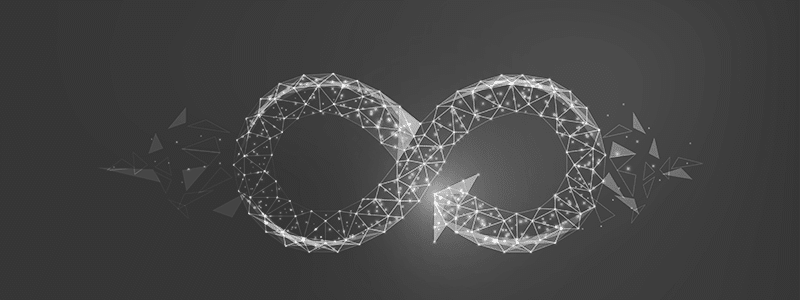Product as a Service (PaaS)
Product as a Service (PaaS) is the name given to the business model in which customers no longer own a product, but only use it.
Definition “PaaS”
In the Product as a Service (PaaS) business model, a customer does not own a product, but uses it only for a recurring fee. The company remains the owner of the product and also takes it back at the end of the term for its use.
The term is a variant of the “as-a-service” subscription trend that has grown with the popularity of cloud computing (e.g. in Software-as-a-Service). The digital transformation and the emergence of the Internet of Things (Internet of Things, IoT) have also increasingly attracted the interest of manufacturers to products as a service. In the Industrial Internet of Things (IIoT) wedcall this business model “Equipment-as-a-Service”.

All “as-a-Service” models are designed to increase product profitability g, improve customer loyalty and open up new business branches. To this end, particular importance is attached to solutions with the PaaS model in the Circular Economy (or circular economy).
What does Product as a Service mean?
Customers subscribe to the product and pay recurring fees for the subscription model. PaaS providers have an ongoing obligation to provide close support to the customer beyond the product. As ownership has not been transferred to the customer, the Circular Economy has great potential as the provider is now responsible for making better products and it has a positive impact on resource use. The transition from product to service can result in an extended customer life cycle (CLV).
Physical products are combined with services, software and services to monitor customer processes. Instead of paying a one-off purchase price, customers subscribe to the product and pay weekly, monthly or yearly fees, and may receive additional services or experiences.
The advantages of PaaS
One advantage is the saving of resources and the closing of resource cycles. This is both economically and ecologically beneficial, as resources become scarcer and raw materials more expensive.
In addition, the development of long-term customer relationships, especially in the face of strong competition and high costs for new customer acquisition (Customer Acquisition Cost), is another advantage for companies. As customers use the product in the long term, a company has more opportunities to interact with the customer and can offer them additional benefits or services around usage.
The further points of contact and the exchange with the customers, as well as the use of the collected usage data further help to understand the customer even better and to respond to his wishes and needs in an adapted way. In this way, a mere user becomes a loyal customer. And the turnover can possibly be increased. In any case, the provider can rely on predictable monthly revenues (Monthly Recurring Revenue – MRR).
Conclusion: Sensible solution for providers and customers
The Product as a Service model is a business model where payment for the physical product and the services around it is made through a recurring fee rather than a one-off payment. The service includes network connectivity, data transfer, service, upgrades, support and sometimes even installation and other services that add value to the customer. Business models that focus on selling the products as a service are interesting for many different reasons, both for manufacturers and customers.
For the customer, it is positive to only have to pay for a function, performance and problem solving instead of a physical product. This facilitates internal accounting and avoids problems e.g. with maintenance. For the selling company, there is the advantage of building a deeper relationship with the customer, gathering insights through data and generating recurring and possibly additional income.

